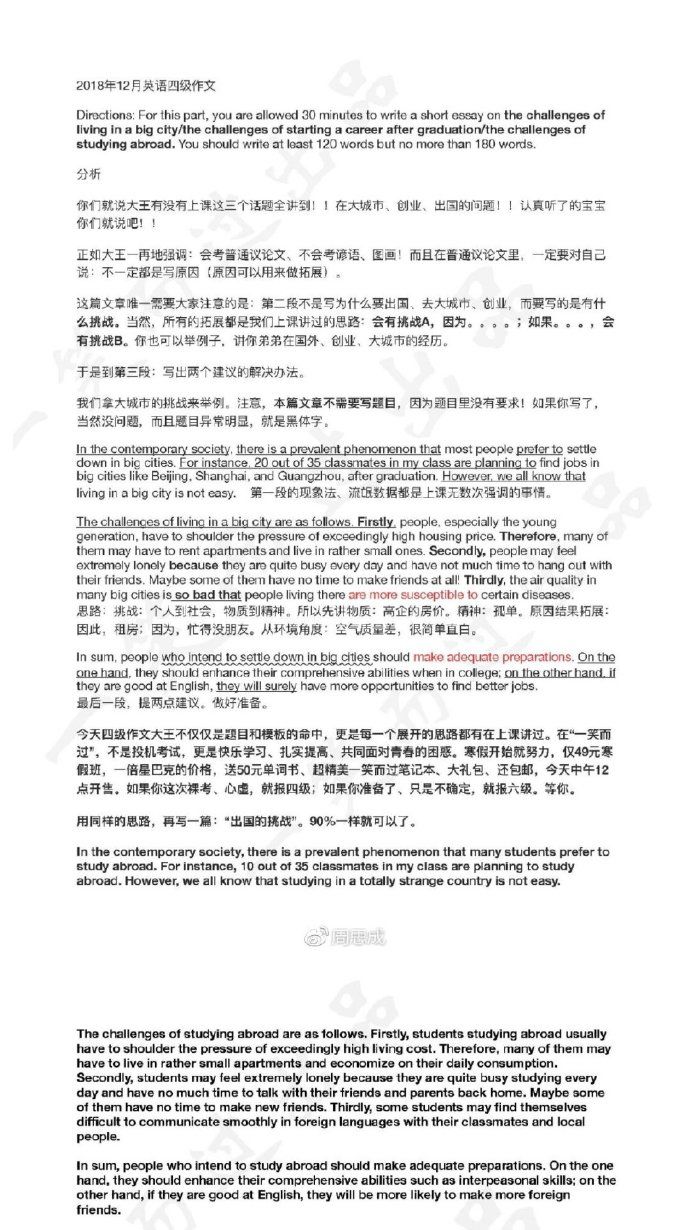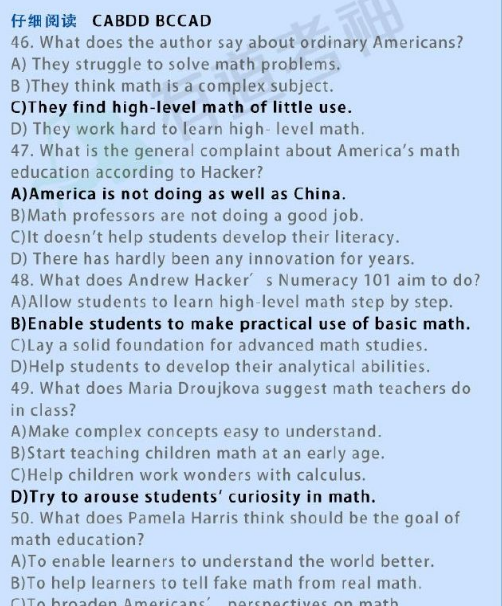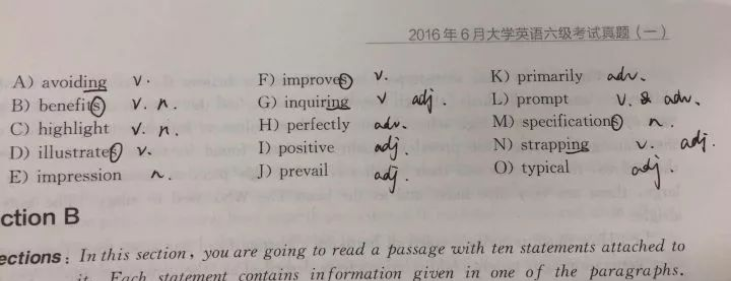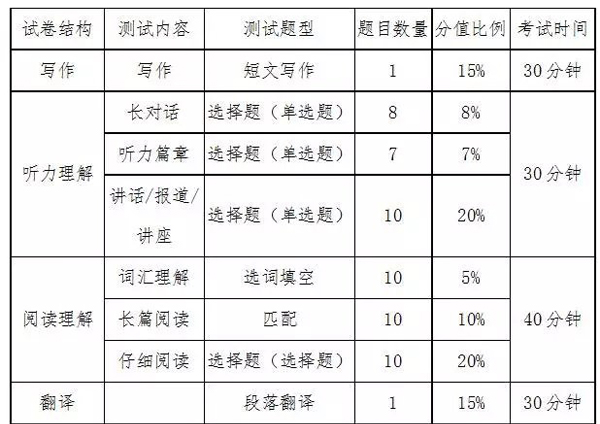全国英语等级考试三级全真模拟试题四d
|
Text 3 " Culture consists of all shared products of human society" ( Robertson, 1981). This means not only such material things as cities, organizations and schools, but also non-material things such as ideas, customs, family patterns, languages. Putting it simply, culture refers to the entire way of life of a society, "the ways of a people". Language is a part of culture and plays a very important role in it. Some social scientists consider it the keystone of culture. Without language, the maintaining of culture would not be possible. On the other hand, language is influenced and shaped by culture, it reflects culture. In the broadest sense, language is the symbolic representation of a people, and it comprises their historical and cultural backgrounds, as well as their approach to life and their ways of living and thinking. We should not go further into the relationship between language and culture. What needs to be stressed here is that the two interact, and that understanding of one requires understanding of the other. Social scientists tell us that cultures differ from one another, that each culture is unique. As cultures are diverse, so languages are diverse. It is only natural then that with differences in cultures and differences in languages, difficulties often arise in communicating between cultures and across cultures. Understanding is not always easy. Learning a foreign language well means more than merely mastering the pronunciation, grammar, words and idioms. It means learning also to see the world as native speakers of that language see it, learning the ways in which their language reflects the ideas, customs, and behaviors of their society, learning to understand their "language of the mind". Learning a language, in fact, is inseparable from learning its culture. 56. According to the first paragraph, the term "culture" refers to_________. [ A ] things like cities, organizations and schools [ B ] ideas, customs, family patterns, and languages [C] all things produced by human race [D] the total that constitute a society 57. The second paragraph tells about_________. [ A j the role language plays in culture [B] the relationship between language and culture [ C ] the influence culture has on language [ D ] the representation of culture 58. There will be no difficulty in communication if_________. [ A ] people from different countries can speak each other ' s languages [ B ] people from different countries can know each other ' s cultures [C] people from different countries can know each other ' s languages and cultures [ D ] there were no difference between the two cultures 59. Learning a foreign language means_________. [ A ] learning to express oneself in the way native speakers do [ B ] getting to know the way native speakers think [ C ] getting to know the way native speakers behave [D] mastering the language and learning its culture 60. This passage is probably taken from a book _________. [ A ] on culture [ B j on language learning [C] on learning a language through its culture [D] on learning a culture through its language |








